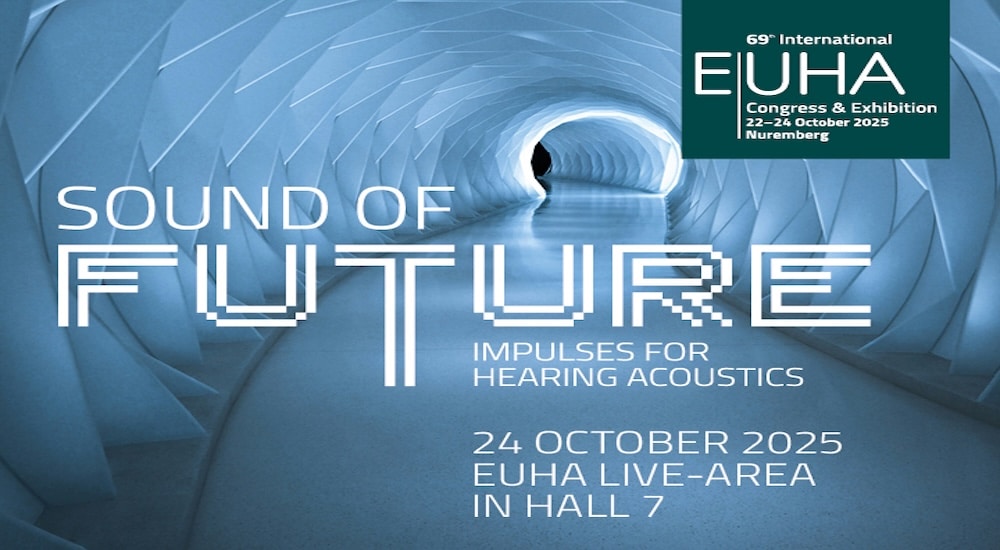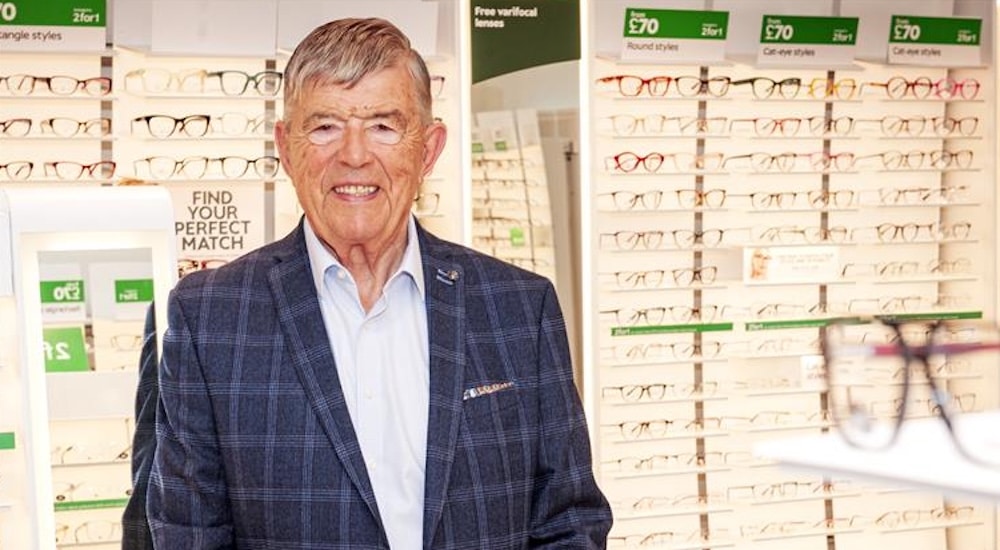How far can QuickSIN get you?
Fitting
Raúl García-Medina, writer of Audio Infos UK's regular Oval Window articles on audiology issues, shares his thoughts on the importance of routinely obtaining aided speech-in-noise scores, and how QuickSIN testing can help.

Hearing aid fitting best practice standards have been intensely debated over the years and have significantly evolved.
Questions like whether to include Real Ear Measurements (REMs), whether speech audiometry and speech-in-noise testing should be incorporated in the process, and whether immittance testing is required have all been heavily discussed. Yet agreement amongst the audiological community has not been achieved.
A 15-item list
Standards describe minimum clinical practices that help promote best practices. However, there are many ways to practice within those standards.
In May 2021, the Audiology Practice Standards Organization (APSO), published the Hearing Aid Fitting Standards for Adult & Geriatric Patients.
A simple 15-item list, it is condensed in a two-page document and supported by many references. It is referred to as APSO Standard S2.1, 2021. The document has been prepared by experts, based on available evidence, peer-reviewed, and is subject to periodic updating. The experts on hearing aid fitting in adults were: Jason Galster, PhD; Cindy Hogan, PhD; Lindsey Jorgensen,PhD; Gus Mueller, PhD; Erin Picou, AuD, PhD; and Ryan McCreery, PhD.
Key items on the list
All 15 items are equally important but of particular interest to me, were items 4 and 14.
Item 4 states: Pre-fitting testing includes assessment of speech recognition in noise, unless clinically inappropriate, and frequency-specific loudness discomfort levels. Other validated measures of auditory and non-auditory abilities are considered, as appropriate for the individual patient.
And item 14 states: Hearing aid outcome measures are conducted. These may include validated self-assessment or communication inventories and aided speech recognition assessment.
The QuickSIN test
The Quick Speech in Noise (QuickSIN) test, a standardised assessment of sentence-level auditory speech perception in background noise (Etymotic Research, 2001; Killion et al., 2004) offers several good information, some of which may be new to you.
We are certainly familiar with the following facts:
- It allows the clinician to firstly validate the initial complaint.
- It helps address expectation counselling.
- It provides an estimated Signal-to-Noise-Ration Loss (SNR loss), which also helps with the recommendation of microphone technology (Killion, 1997), something that it is difficult to predict from the audiogram.
The scores are closely related to hearing aid satisfaction, whereas audiogram information is not (Davidson et al., 2021).
Fairly recently, Glick and Sharma (2017, 2020) have also utilised the QuickSIN test in their studies, in combination with neural imaging, to demonstrate that subjects who score normally under bilateral aided conditions show brain resource allocation typical of subjects with normal hearing. This is contrary to those with untreated hearing losses or poorer scores on the bilaterally aided QuickSIN test, which show atypical physiologic responses in the temporal, frontal and pre-frontal lobes.
More items to highlight
In order to increase the chances of scoring normally under bilateral aided conditions employing the QuickSIN test, one ought to also abide by items numbers 7 and 10 of the aforementioned APSO Hearing Aid Fitting Standards for Adult & Geriatric Patients.
Item 7 states: The recommended hearing aids include signal processing and features that support the patient’s listening needs. They have the appropriate gain and output, including reserve gain, to meet frequency-specific fitting targets as defined by a validated prescriptive method.
Item 10 states: Hearing aids are fitted so that various input levels of speech result in verified ear canal output that meets the frequency-specific targets provided by a validated prescriptive method. The frequency specific maximum power output is adjusted to optimize the patient’s residual dynamic range and ensure that the output does not exceed the patient’s loudness discomfort levels.
And Item 11 states: Following individualised verification of hearing aid gain and output, if the fitting is not acceptable to the patient, minor deviations in gain and output may be necessary. This is probably the one item that is rarely mentioned during the REMs discussions, and it would solve a lot of heated debate. I tend to re-REM the fitting after those changes have been made, to have a record of what the patient is comfortable/happy with. I have a prescriptive target that serves as a template to understand what deviations were required.
“A quick test that may go a long way”
At the same time, regularly scheduled follow-up appointments are necessary to maintain the required real-ear aided audibility over time by managing plugged hearing aid receivers/microphones, impacted cerumen, or changing hearing thresholds.
And, based on the important contribution of cognitive factors to good QuickSIN scores, some estimate of a patient’s cognitive ability should perhaps also be screened.
There are only 15 standards and you have certain freedom on how you put them into practice. However, my take home message to you is that we need to routinely obtain aided speech-in-noise scores to identify the difficulty each patient might experience in noisy environments, and identify those at greatest risk for cognitive resource reallocation and less favourable cognitive outcomes. A quick test that may go a long way.
And a word to Etymotic Research, which has only released QuickSIN in American English: can we have the British and Spanish versions soon please?
References
Davidson, A., Marrone, N., Wong, B., & Musiek, F. (2021). Predicting Hearing Aid Satisfaction in Adults: A Systematic Review of Speech-in-noise Tests and Other Behavioral Measures. Ear and Hearing, 42, 1485-1498.
Glick H, Sharma A. (2017) Cross-modal plasticity in developmental and age-related hearing loss: Clinical implications. Hearing Research, 343:191-201.
Glick HA, Sharma A. (2020) Cortical neuroplasticity and cognitive function in early-stage, mild-moderate hearing loss: Evidence of neurocognitive benefit from hearing aid use. Frontiers in Neuroscience; 14:93.
Killion, M. C. (1997). SNR loss: I can hear what people say, but I can’t understand them. Hearing Review, 4, 8,10, 12, 14.
Source: Audio Infos UK #146 – January-February 2022






